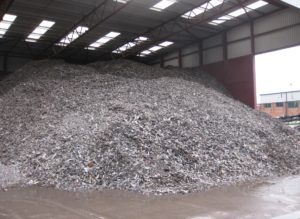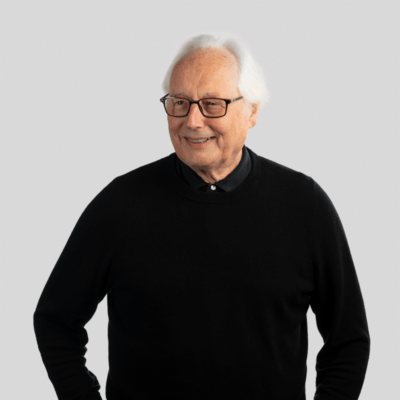Posted on: 12th August 2016 by Prof. Geoff Scamans
Jaguar Land Rover leads the way in recycling their press shop scrap back into automotive sheet for the manufacture of aluminium intensive vehicle bodies. This changes the cost dynamics and makes the use of aluminium much more affordable for lightweight vehicle construction. However, this is only the beginning of the recycling story. The next step is to consider end of life vehicles.
The challenges
The challenge now is to use shredded aluminium scrap from end of life vehicles as an input into the wrought and cast aluminium alloys used for automotive body manufacture. This requires the development and industrial deployment of sensor-based scrap sorting technologies to separate wrought and cast alloys. Further sorting must then separate the wrought alloys into alloy types.
Melt conditioning technologies are essential to remove impurities from the recycled scrap stream. What’s more, melt conditioning can make the alloys more tolerant of impurity contamination. In the case of automotive alloys, the critical impurity is iron. Increased levels of iron progressively degrade mechanical performance.
Sorting technologies
Brunel University has developed high shear melt conditioning technologies for impurity control. The combination of this and sensor based sorting technologies brings exciting possibilities. There is now the opportunity to convert more than 150,000 tonnes of recovered aluminium from UK end of life vehicles into a UK based manufacturing resource. Currently, exporting sends the recovered aluminium abroad and this represents a major resource loss from the UK supply chain.

Each year about 80% of the one million end of life vehicles in the UK are de-polluted, crushed and shredded. Separation by magnets then creates metallic and non-metallic fractions.
The non-ferrous fraction, known as Zorba, is mainly exported to India and China for hand sorting. It provides aluminium for the manufacture of low performance aluminium shape castings. However, advanced sensing and sorting technology means this is no longer the only option.
The rapid analysis of individual scrap pieces by X-Ray Fluorescence (XRF) or Laser Induced Breakdown Spectroscopy (LIBS) turns Zorba into aluminium scrap streams suitable for vehicle manufacture. The use of high shear melt conditioning to remove iron and to disperse oxide films is a vital second processing step for the more contaminated scrap streams, and particularly for casting alloys.
Aluminium intensive vehicles

Jaguar Land Rover makes the five most aluminium intensive vehicles in the EU. Most of the aluminium content is in their body structures. These vehicles are: the Land Rover Range Rover and Range Rover Sport, the Jaguar F-PACE, XF and the XE. For body structures they use close to 100% primary aluminium for both the cast and wrought alloys.
Jaguar Land Rover is the market leader for aluminium intensive body structures. However, all OEMs have the same challenges and the same requirements for body light weighting if they are to reach the legislated requirements for vehicle emissions by 2020. Consequently, the requirement to lose weight will become more and more intense across all vehicles and drive trains.
Aluminium is ideally positioned for a major increase in usage provided that the source of aluminium switches from a primary to a secondary one.
Scrap from end of life vehicles
The UK has very little primary aluminium (<50kt/year) following the closure of all the large primary aluminium smelters. There is also no rolling capacity in the UK suitable for aluminium automotive sheet production which satisfies the OEM requirements for body structures. In addition to this, there is limited high pressure vacuum diecasting capacity suitable for high performance body castings.
The UK is, however, well supplied with suitable sources of end of life aluminium scrap from shredded vehicles. There is, additionally, a burgeoning metal recycling sector led by companies like Axion Recycling. The sector is rapidly upgrading its technology and is keen to exploit new sensor base techniques for scrap sorting. The key economic driver for metal recycling is non-ferrous metals, so higher-value products are of great interest to this sector.
Fortunately the UK has retained the Novelis secondary wrought aluminium alloy casting facility in Latchford. This site can process secondary aluminium to direct chill cast the large rolling blocks required to feed the rolling mills in Germany and Switzerland. It is these large hot and cold rolling mills which make the high performance aluminium automotive sheet used by the OEMs.
Closing the loop
It is now time to close the loop on the aluminium used for car manufacture in the UK. We can lead the world with this innovative combination of sensor based scrap sorting and high shear melt conditioning technologies. Consequently, shredded aluminium scrap from end of life vehicles has the potential to become a viable source of aluminium for automotive body manufacture.
You might want to read a previous blog post of mine entitled ‘Recycled aluminium and the Aluminium Age’. In it I discuss in more detail the importance of recycling aluminium. You can read it here.



